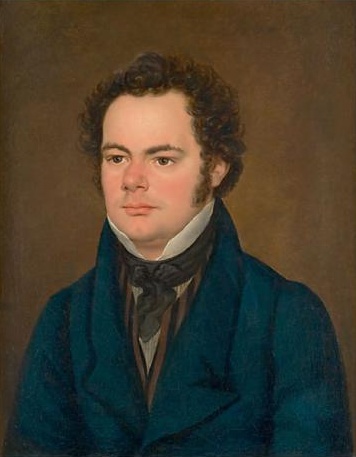|
|
|
Review:
| Ah, this journey! How many have made it, sincerely and imaginatively, two setting out as nearly as possible as one! So many on records too, following the elusive track as with torchlight concentrated upon it. Yet, of all, I cannot think of one (not even Fischer-Dieskau in his 1965 DG recording with Jörg Demus) that leads more faithfully to the cold comfort of its end. And when we get there in this performance, what an end it is! The journey begins with ever such a slight whine high in the voice, as with a calm On we go, lulled and tormented by the magic music-box of “Frühlingstraum”, till the tragic chord before “so elend nicht” in “Einsamkeit” brings a dreadful reality into focus. The deceptive sweetness of “Die Krähe”, the giddy disorientation of “Letzte Hoffnung”, the subdued feverish excitements of “Täuschung” find an almost holy stability in “Das Wirtshaus”, but still the external world exists, felt as almost an intrusion in “Mut”. And soon we meet the organ-grinder. And his secrets must on no account be revealed by reviewer or arts-gossip. And the listener must wait, out of respect to this marvellous partnership of Mark Padmore and Paul Lewis, until time can be taken for it, alone and uninterrupted, to accompany them on the journey through to its unearthly end.--John Stean |
ape, covers |

 acceptance of pain. The piano abstains from jabbing
acceptance of pain. The piano abstains from jabbing
Unfortunately Paul Lewis is unable to read a score and therefore mutilates "Der Leiermann" with the infamous "Eisenlohr method", i.e. playing the dissonant gracenotes on the beat(!) the whole song through (which Schubert did not write) and ending this caricature of the piece on a dissonant chord. A pianist of such ignorance cannot be wrapped to tight!
ReplyDeleteDear Michael,when I posted this album I was very aware (having read several other reviews)that Mr. Lewis performance is a bit controversial to say the least...
ReplyDeletetwo links are dead, part 2 & 3...
ReplyDeleteIndeed, new upload will take a bit of time...
ReplyDelete